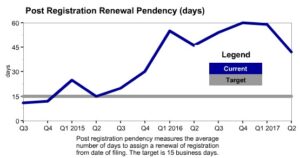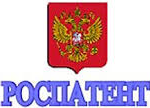 A colleague at a very well known patent firm asks this:
A colleague at a very well known patent firm asks this:
Some of our clients (a few very large, sophisticated patent clients) refuse to let us move from PCT-Safe to ePCT for their matters since they claim the ePCT servers are located outside the US and that, at a minimum, a foreign-filing license would first be required prior to filing. Do you have any related experiences with clients? If so, how did you address their concerns?
First let me offer a compliment to those companies. It is really good that they think about the FFL issue. A company (or a practitioner) that fails to pay attention to FFL issues can really run into trouble later. Continue reading “Reluctant to migrate from PCT-SAFE to ePCT?”






 Today the search fee paid by a US filer for the Russian patent office as International Searching Authority increases from $449 to $482. (I first reported this
Today the search fee paid by a US filer for the Russian patent office as International Searching Authority increases from $449 to $482. (I first reported this